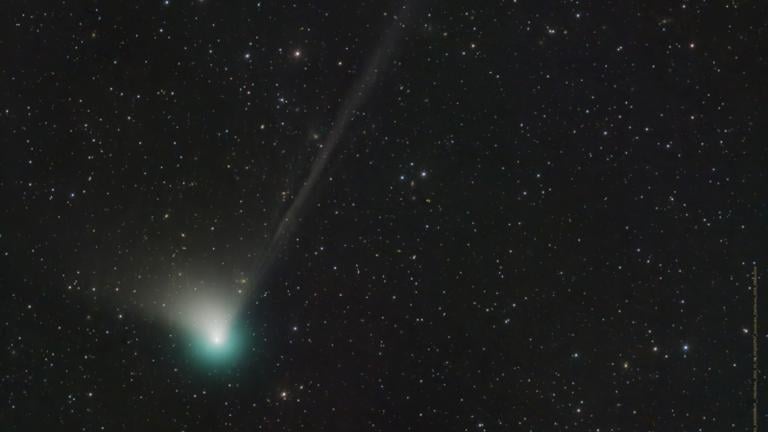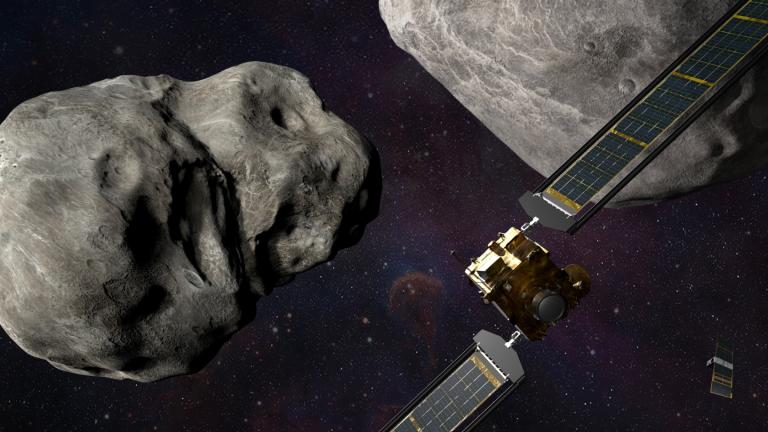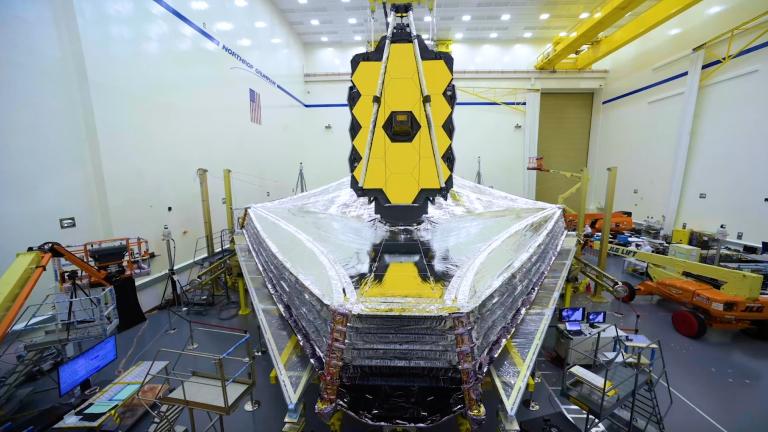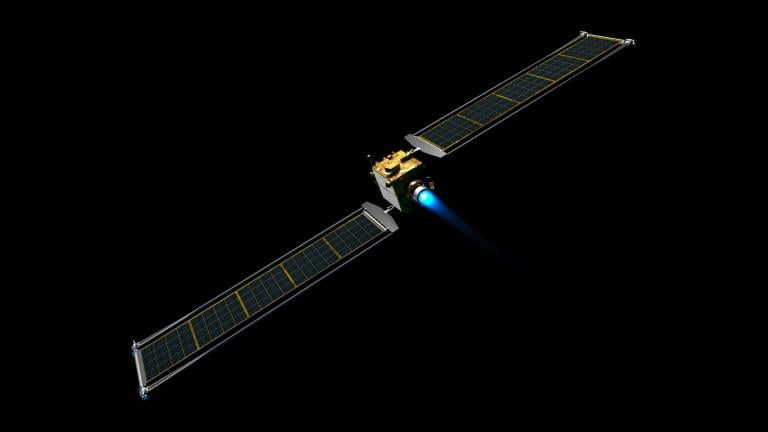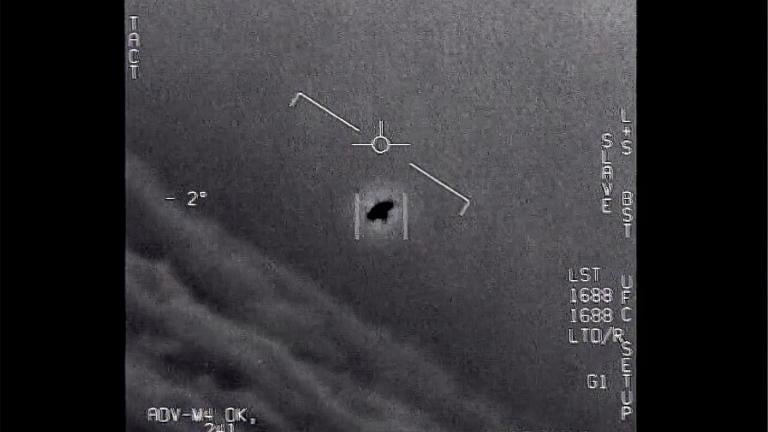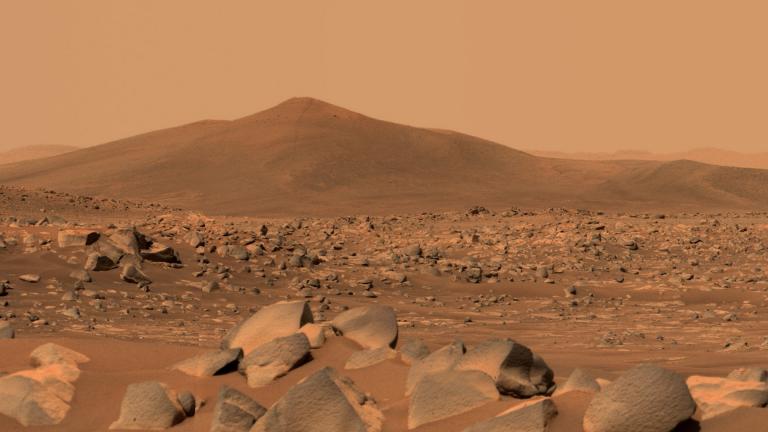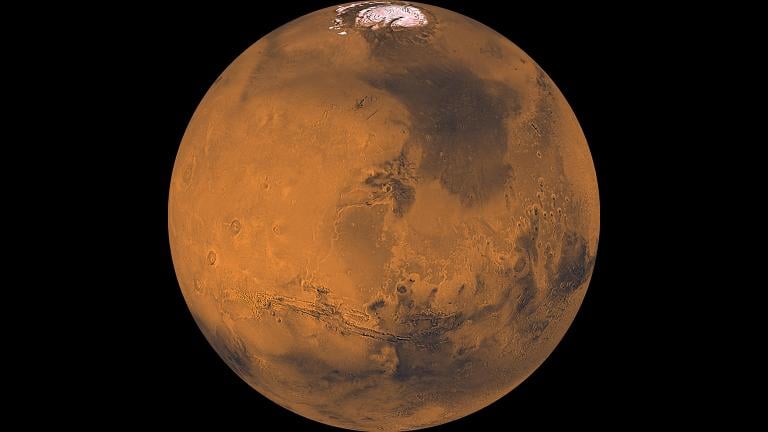While the study of mysterious aircraft or objects often evokes talk of aliens, Democrats and Republicans in recent years have pushed for more research as a national security matter due to concerns that sightings observed by pilots may be tied to U.S. adversaries.
Mark Hammergren
According to NASA, the comet would last have been seen in the night sky more than 10,000 years ago — millennia before the birth of human civilization — and it may never pass this way again.
A NASA spacecraft rammed an asteroid at blistering speed Monday in an unprecedented dress rehearsal for the day a killer rock menaces Earth.
NASA prepares to launch the most powerful space telescope ever. Local astronomers share some up-close details.
A NASA mission to deflect an asteroid – it’s been the premise for more than one Hollywood movie – but next month NASA launches its DART mission that aims to do it for real.
Virgin Galactic founder Richard Branson on Sunday became the first billionaire to ride his own rocket ship to space. But beyond being the ultimate joyride for billionaires, will commercial space travel take off as an industry accessible to the rest of us?
Plus: “Chicago Tonight” gets into the UFO report and its implications
The U.S. government has been taking a hard look at unidentified flying objects. A report summarizing what the U.S. knows about “unidentified aerial phenomena” — better known as UFOs — is expected to be made public this month.
NASA’S Ingenuity helicopter takes flight on Mars. We get an update on the space agency’s most ambitious mission to date on the Red Planet from local astronomer and space enthusiast Mark Hammergren.
NASA prepares to land a rover on Mars designed specifically to detect signs of ancient life. Local astronomer and space exploration enthusiast Mark Hammergren tells us more about the mission.
From the first-ever image of a black hole to growing concern over climate change, we review some of the year’s top science stories with three of our regular science contributors.
Adler Planetarium astronomer Mark Hammergren explains how a space-based sentry can help detect asteroids that will pass near Earth.
It took six months, a voyage of 300 million miles and a final “seven minutes of terror,” but NASA’s InSight spacecraft on Monday touched down on Mars in a landing the craft’s chief engineer called “flawless.”
The president proposes a new branch of the military for space defense. Local experts weigh in on Space Force.
For the next several days, the celestial event calendar includes some stellar highlights for observers in Chicago and around the globe.
A tantalizing discovery suggests that life could once have existed on Mars – and may still exist today. We get the latest on the red planet with Adler Planetarium astronomer Mark Hammergren.
A fireball streaked across the Midwestern sky Tuesday night, creating a sonic boom. An Adler Planetarium astronomer tells us more about this rare celestial fireworks display.


